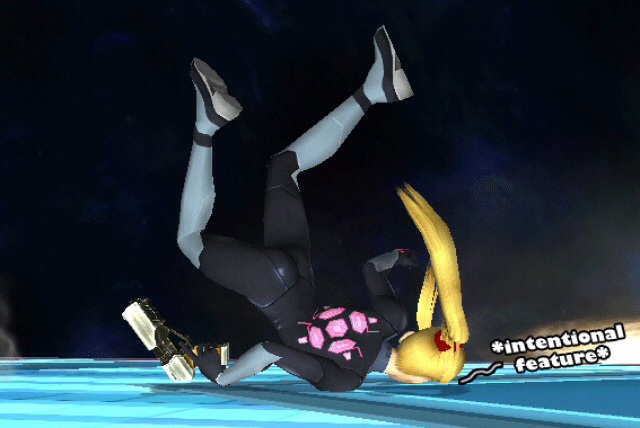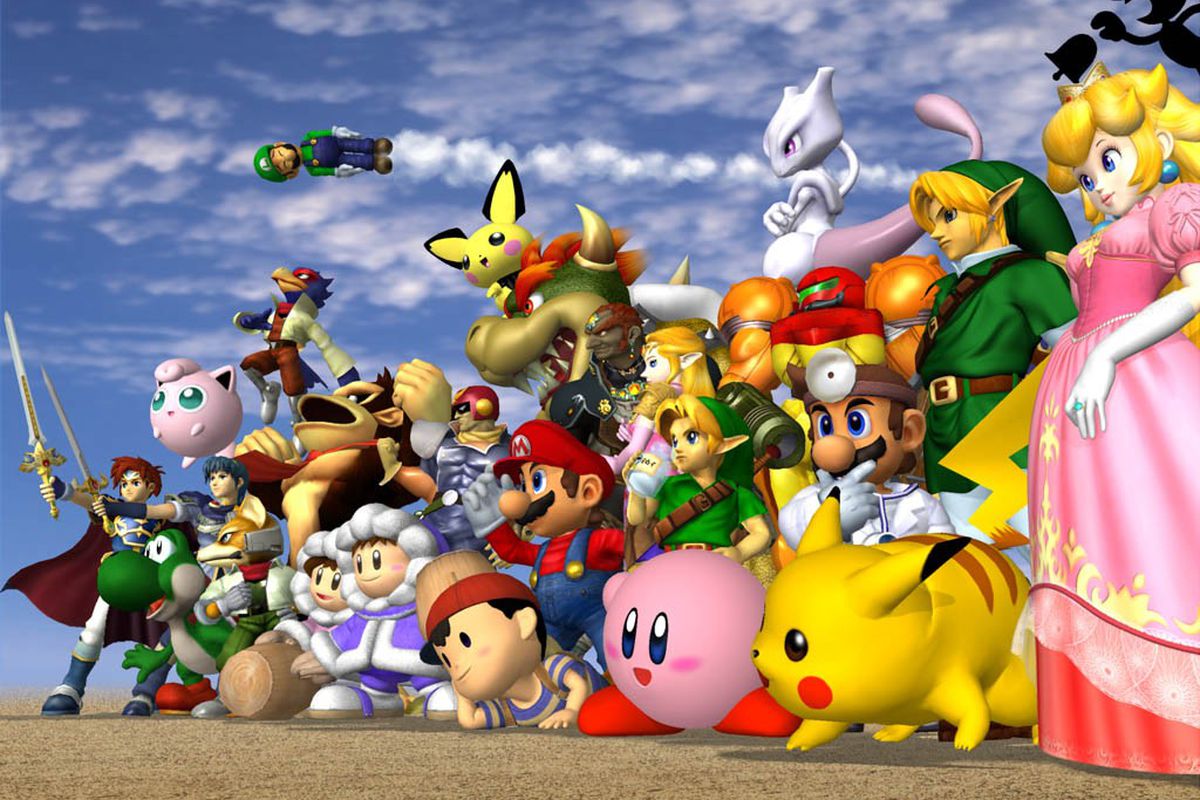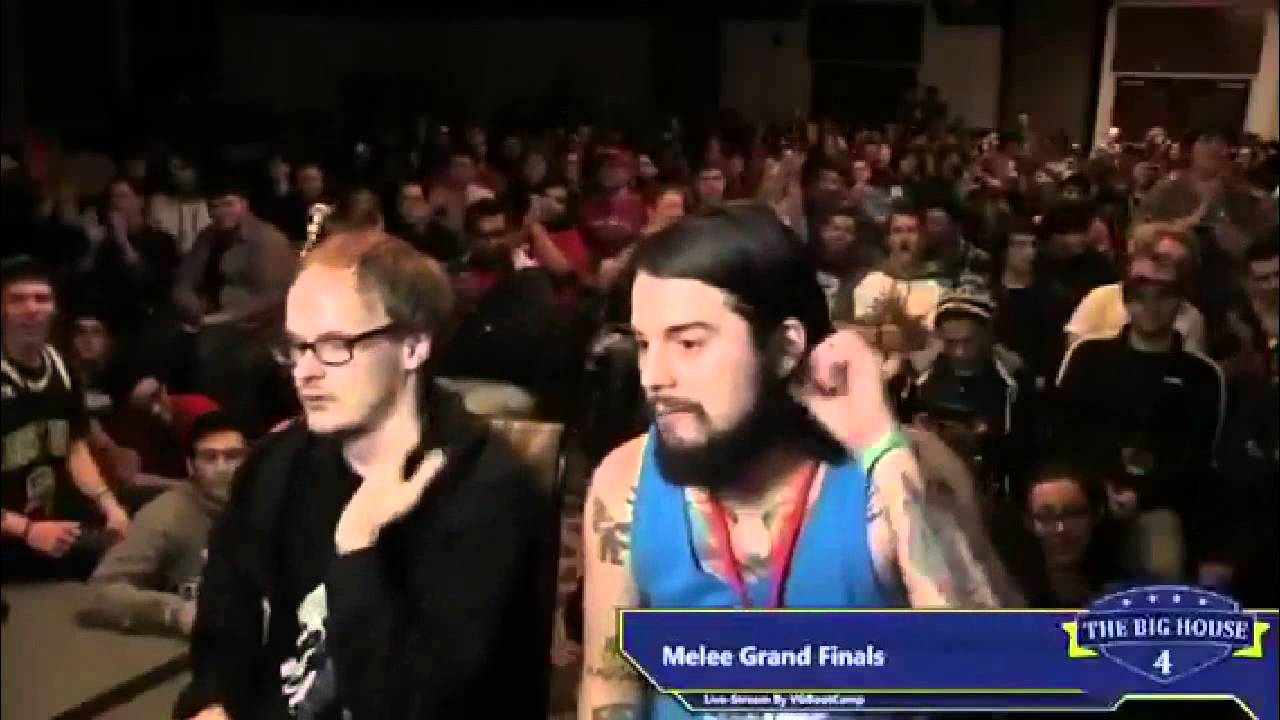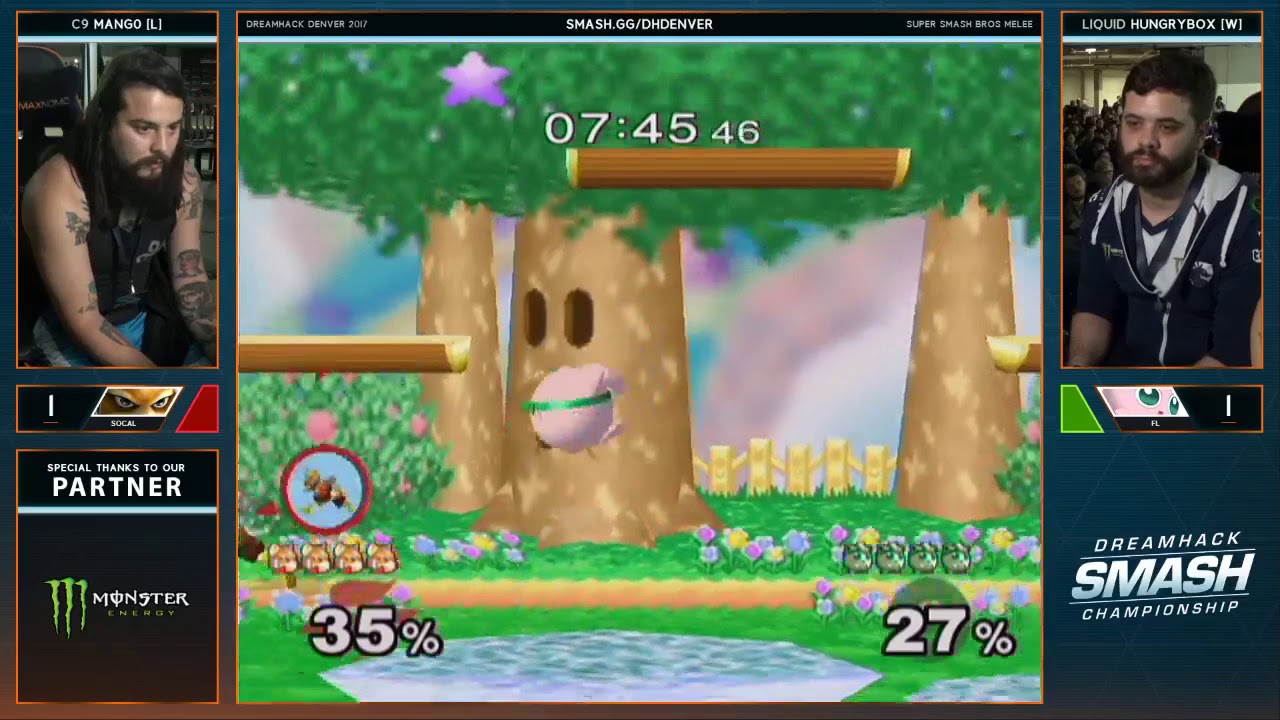Super Smash Bros. Ultimate is out, and despite the fact that it has proven to be the best-received entry in the series thus far, some folks are already over it.
If you’ve spent any time around the competitive Super Smash Bros. scene, you know that there is a relatively small, but incredibly vocal, contingent of players that swear that Super Smash Bros. Melee is not just the perfect Super Smash Bros. title, but that it’s the pinnacle of fighting games in general, the most perfect and complete competitive fighting game ever made. You’ve seen them.
So the question, then, remains, what’s so special about Super Smash Bros. Melee? Why can’t players at both the casual and competitive levels just move on to a newer, shinier game with more content? Why do people keep playing Super Smash Bros. Melee when other, better options exist?
There are a bunch of answers to this question. A few are satisfying, a few aren’t.
It Came Out In 2001
This is probably the least satisfying, but most compelling answer to why folks still play Super Smash Bros. Melee. The simple truth is that the game came out over 15 years ago, and fans have used that time not just to hone their skills, but as a whole, to refine Super Smash Bros. Melee’s metagame to the point where it has pretty much been mastered in a way that few other video games have.
And when I say metagame, I don’t mean mind games that players use to get an edge. For competitive gamers in the fighting game community, the metagame is the set of rules that exists one layer deeper than the game itself. This includes advanced strategies, sure, but more importantly, the concept of a metagame deals with which strategies are optimal at any given time. Metagames for titles get refined as folks play the game at high levels and learn, say, which characters are more powerful than others, or which moves are the quickest, or what combos can confirm a kill.
All this is to say that age is on Super Smash Bros. Melee’s side here. Professional players like Leffen or Mang0 will be hesitant to jump ship and move to another title specifically because so much time has been spent essentially solving Melee. Which brings us to the next point…
Almost None Of The Advanced Techniques from Melee Will Help You In Later Titles

One of the biggest knocks on competitive Melee is that the barrier for entry is insanely high. In order to even move around the stage fast enough to keep up with the competition, you have to master wavedashing – and that’s just moving around. God help you if you want to actually learn how to string combos together.
For new players, this is intimidating. It’s a lot easier to jump in to Super Smash Bros. Ultimate where the game holds your hand a little bit as you learn the advanced techniques. Not only is there more room for error, but the techniques themselves make more sense logically than air-dodging into the ground to skip across the platform.
On the flip side, for players that have spent years mastering these Melee techniques, it would be patently insane for them to jump ship and essentially start from scratch in a new game, since none of the advanced techniques carry over. Melee was so fun to learn because these techniques were discovered by players; many weren’t even intended by the developers. It was like a treasure hunt, and when a new technique was found (like the now-questionably-legal Ice Climbers infinite grab) it was something special. It felt like the player was bending the game’s rules to their will, because they kind of were.
Newer titles don’t have that kind of mystique, since they’re patched so often. Again, moving from Melee to Ultimate would really represent a major step backward from players at the most competitive levels. The games play completely differently, and that works in Melee’s favor. It’s unique, singular, and frozen in time.
Brawl Was (Mostly) a Competitive Dud

I firmly believe that, had Super Smash Bros. Brawl not featured Meta Knight as a playable character, or taken the misstep of introducing random character tripping as a game mechanic, we wouldn’t be having this conversation.
Though The Subspace Emissary was one of the best things the Super Smash Bros. series ever gave us, Super Smash Bros. Brawl was underwhelming as a competitive game, so much so that when the game was released and Nintendo was pushing it as a competitive fighter, players almost immediately returned to Melee, much to Nintendo’s chagrin.
Comparing competitive Melee to competitive Brawl is almost unfair.
Melee is violently, nauseatingly quick. If you blink, you’ll miss something – a gigantic combo, a frame-perfect technique, or a heartbreaking edgeguard. It’s the kind of competitive game that keeps a viewer on the edge of their seats at all times – there’s literally never a dull moment because every player is in danger of losing a stock at any time.
On the other hand, Brawl is painfully slow and floaty. Sure, there are some quicker characters, but as the metagame developed, it became clear that the optimal strategy in Brawl was to wait for your opponent to attack. Not to mention the fact that organizers had to outright ban an entire character from the game in worldwide competition because he was so overpowered (to this day, no other Smash title has done this – even Bayonetta in Super Smash Bros. for the Wii U was only banned in certain areas). And on those rare occasions where something cool does happen, a character will trip over nothing and render everything moot.
The result of this is that competitive Melee players dropped Brawl pretty quickly, which in turn meant that those players spent that entire Wii console generation refining and perfecting their Melee skills. By the time Super Smash Bros. for the Wii U was announced, it was too late. Players had already committed to Melee for too long.
But Here’s The Thing…
Folks often pooh-pooh Melee players as old, entitled, and elitist. That may or may not be true – certainly, the Melee scene is harder to break into since any new player will have to put in a whole lot of work to catch up with folks who have a 17-year headstart. But for that reason, that insane barrier to entry, the Melee scene is not as large as it once was.
Around the country, the trend has been established: Super Smash Bros. Ultimate is a young game. That’s not to say that it’s a new game, though that’s certainly true, it’s to say that the competitive player base is incredibly young. Speaking from personal experience, a good majority of the folks I see at weekly tournaments in Chicago are under 20 years old.
Many weren’t even born when Melee came out.
In contrast, Melee players certainly aren’t old (Hungrybox, the current #1 player in the world, is just 25) but they are definitively older than the Ultimate player base, if only by a little. None of the top 10 Melee players in the world are younger than 20.
This makes sense – it’s an older game, so the player base will be older, but it’s also a bit of a problem for Melee moving forward. Super Smash Bros. for the Wii U was an okay competitive game, but was hamstrung somewhat by a smaller install base. Super Smash Bros. Ultimate, on the other hand, is moving copies at blazing speed on the red-hot Switch. Even more staggering is that this is the first time a competitively viable Super Smash Bros. game came out on a widely successful Nintendo system since Smash 64. Both the Gamecube and Wii U struggled to compete with competition from Sony and Microsoft.
All this is to say that Ultimate is primed to have the largest competitive player base in the history of the series, and that doesn’t bode well for Melee tournaments, at least at the local level. The game is already siphoning folks from the competitive Smash 64, Project M (a fan-made mod for Brawl that made the game play more like Super Smash Bros. Melee), and yes, even the Melee scene. Of course, some of this is to be expected when a new game comes out, but if those players stick around for the long haul, Ultimate’s success could cannibalize smaller Melee events.
Having said that, Melee tournaments at major events like EVO will always be amazing, hype-filled bashes, and that’s not going to change anytime soon. Folks at the top level of play will be enjoying Melee until the heat death of the universe, something that was assured as soon as the magic words “Wombo combo” were uttered on that fateful day so many years ago.









Published: Dec 21, 2018 11:54 am